This bamboo is going to make it
>> Monday, June 20, 2011 –
bamboo,
bamboo division,
bamboo rhizomes
A few summers ago when I was at the height of my bamboo-acquiring phase and had to have any bamboo that had even a remote chance of surviving in my climate I found a fantastic deal on a plant locally. Typically there aren't too many choices when buying bamboo locally, but every nursery usually carries one or two different types at different times of the year. I spent a lot of time combing the local garden centers that summer looking for bamboo (and other plants), and one morning I found two large pots of "dwarf whitestripe" bamboo marked down to $10.
I quickly grabbed one of them and planted it in a prominent spot in my garden, as Pleioblastus fortunei is a beautiful variegated bamboo. It would be treated as a groundcover bamboo here, dying back to the ground each winter, but coming back strong each spring. Unfortunately, the spring after being planted it started to flower. I then read reports of other people's fortunei flowering too, which was distressing. When bamboo flowers, it usually puts all of its energy into producing seeds then dies. A bargain plant that dies is no bargain, is it? So I anxiously waited for this spring's shoots to see if the plant was going to produce more flowers than it did the previous year.
I'm glad to say that it produced just a few this year, so it may be that the flowering phase is over. (It could also mean that next year it will fully flower, but since this was the third shooting season and it produced fewer flowers each year, I'm feeling positive about this.)
Since I didn't want to mess with the plant too much while it was establishing itself, I pretty much left it alone until now. This is a running bamboo that spreads by underground rhizomes, and it has run a little farther than I wanted it to.
I have this bamboo at the edge of a grassy path, and here you can see that the bamboo has come past the path and has come up in a lavender plant:
Here it has gotten too close to one of my roses:
There are also a few little shoots that have come up in the lawn:
Mowing has kept them short, but where there are unwanted shoots there are rhizomes, and there will be even more shoots next year.
So it's time to get this guy under control, and hopefully pot up some divisions of it in the process.
The first step is to define the border next to the pathway using a sharp spade:
Using overlapping cuts so I don't miss any rhizomes, I "rhizome pruned" all along the line that I didn't want the bamboo to cross. If I then remove all leaves on the out-of-bounds parts of the plant, those errant rhizomes will eventually die.
Since the lavender isn't rooted in this area, I can pull it back to access the bamboo more easily. I figured this would be a good place to start:
I decided to try and dig these up for repotting, so dug a big chunk of soil out:
Unfortunately the rhizome was a little deeper than I dug, so all I got was broken culms:
I then decided to just cut down any culms that are in the grass:
I'll have to keep an eye out for new shoots every couple of weeks as the severed rhizomes do their best to produce some leaves. Mowing isn't good enough, so I'll need to cut by hand again.
With the grassy area under control, I turned my attention to the rose area:
The rock is supposed to be the edge of the bamboo zone, so everything to the left of the rock will have to go. I decided to try another division:
I was more successful this time:
Since I didn't want to disturb the rose roots any more, I just cut all the rest of the culms down to the ground.
I rhizome pruned along the right side of the rock, then back around the back side of the plant. I could have let the plant spread a little farther backward, but I decided to leave a little bit more room for access. You can clearly see where some of the rhizomes were back here:
These were quite easy to dig out, and I ended up with some more nice divisions that I could pot up:
Job finished, and this bamboo is back under control!
I just need to remember to check for more shoots from the severed rhizomes soon. Although it's no longer shooting season, a severed rhizome will produce "survival shoots" at any time if it needs them.
You can't really tell too much difference between the "before" and "after" photos, but although the visual difference may be minimal, it's what's going on underground that is important, and that's where the difference is.
I can stop worrying about this plant now, as it's not going to take over my surrounding beds (as long as I keep up with the rhizome pruning).
Now I just wait for next spring to see what the flowering situation is. I'm hoping flowering is a thing of the past with this plant, and I can go back to just worrying if I missed any rhizomes when I pruned...
.

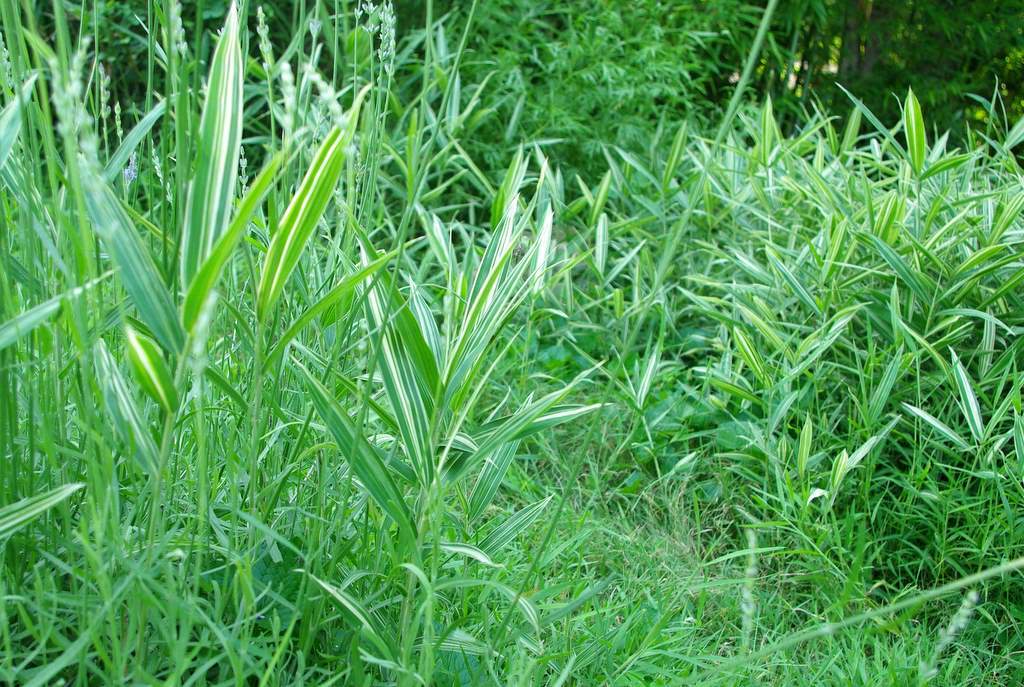
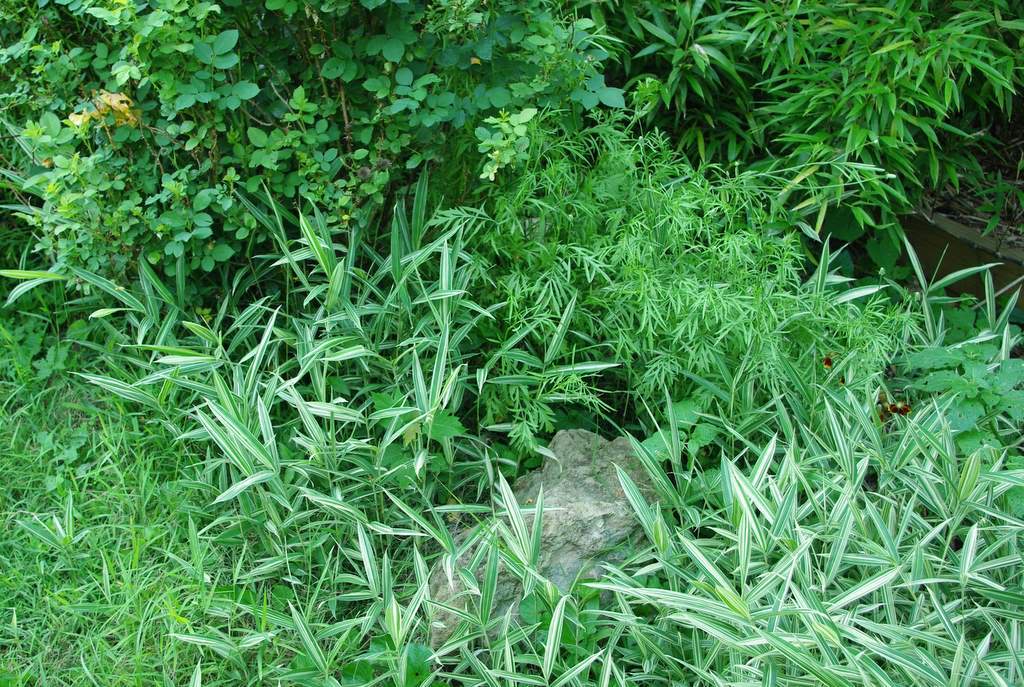
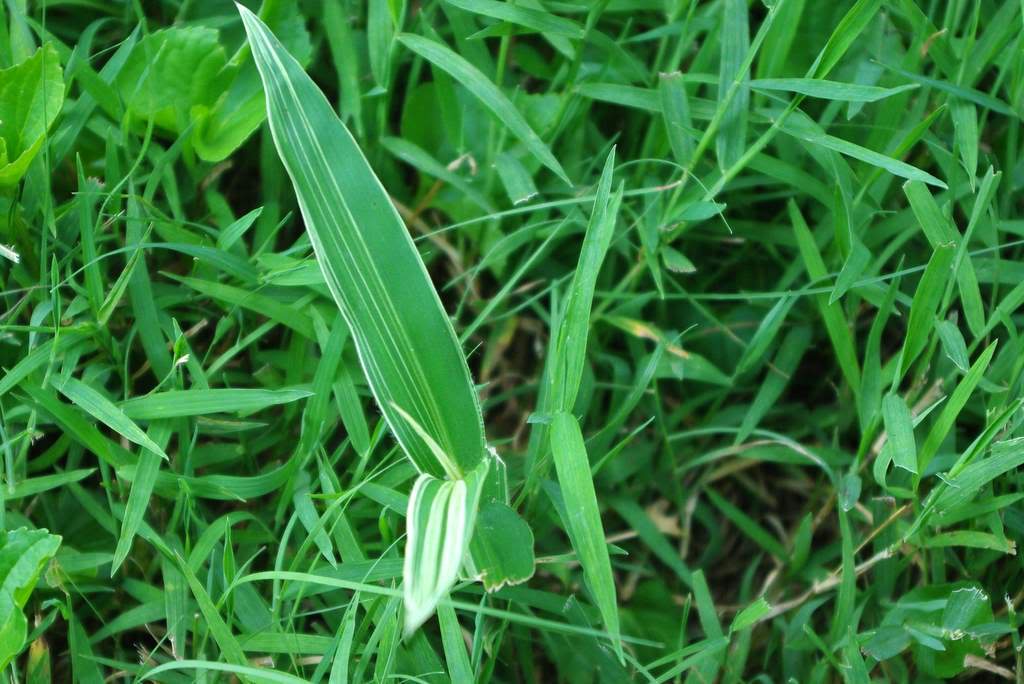
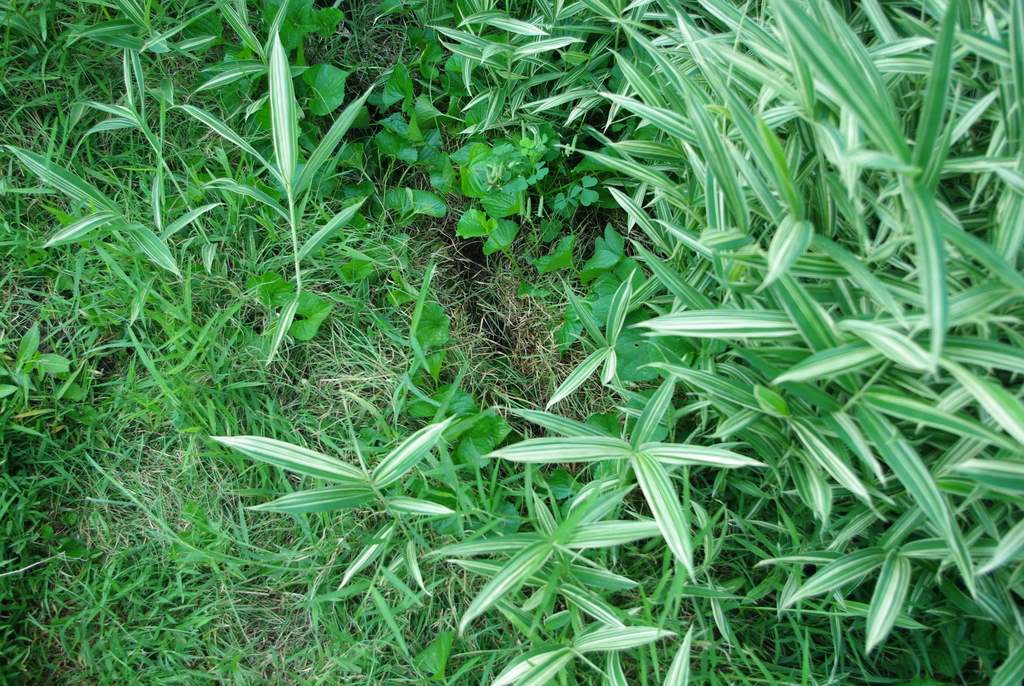
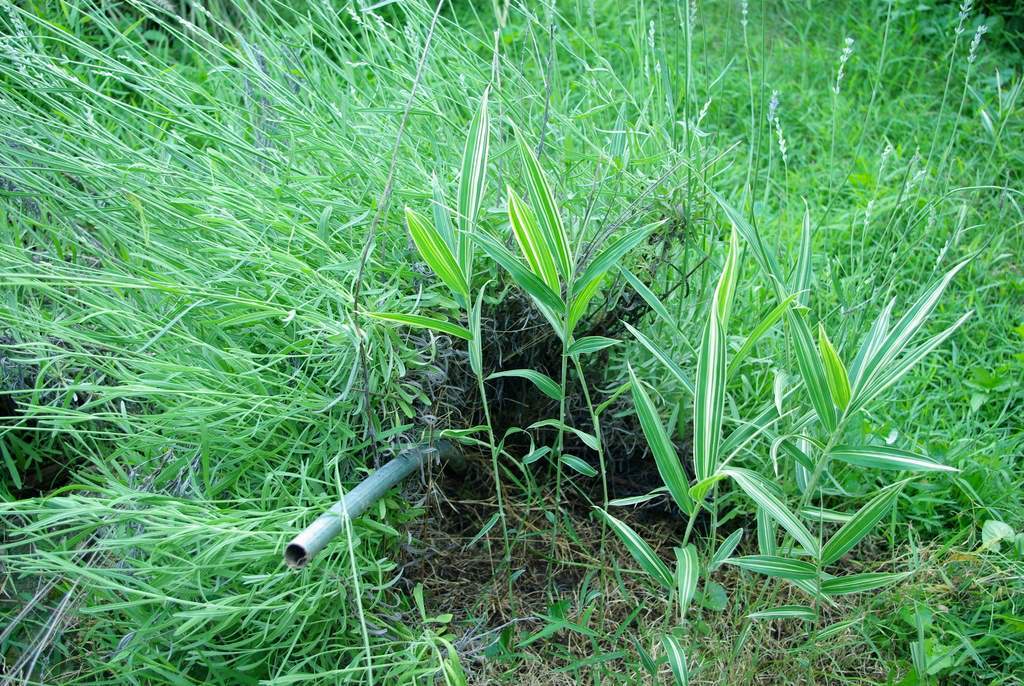
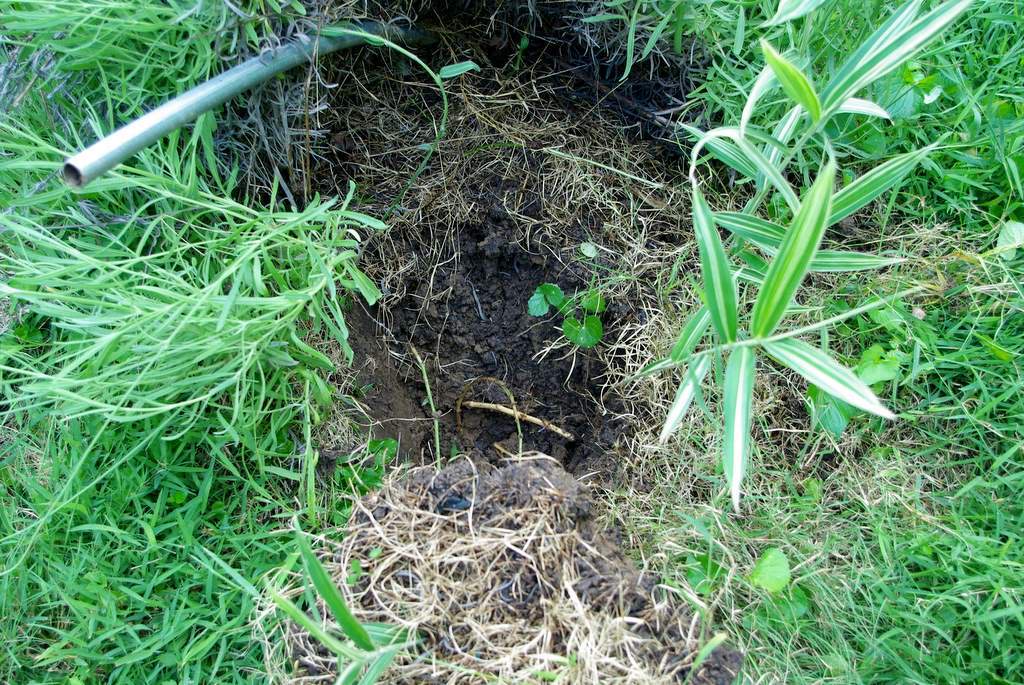

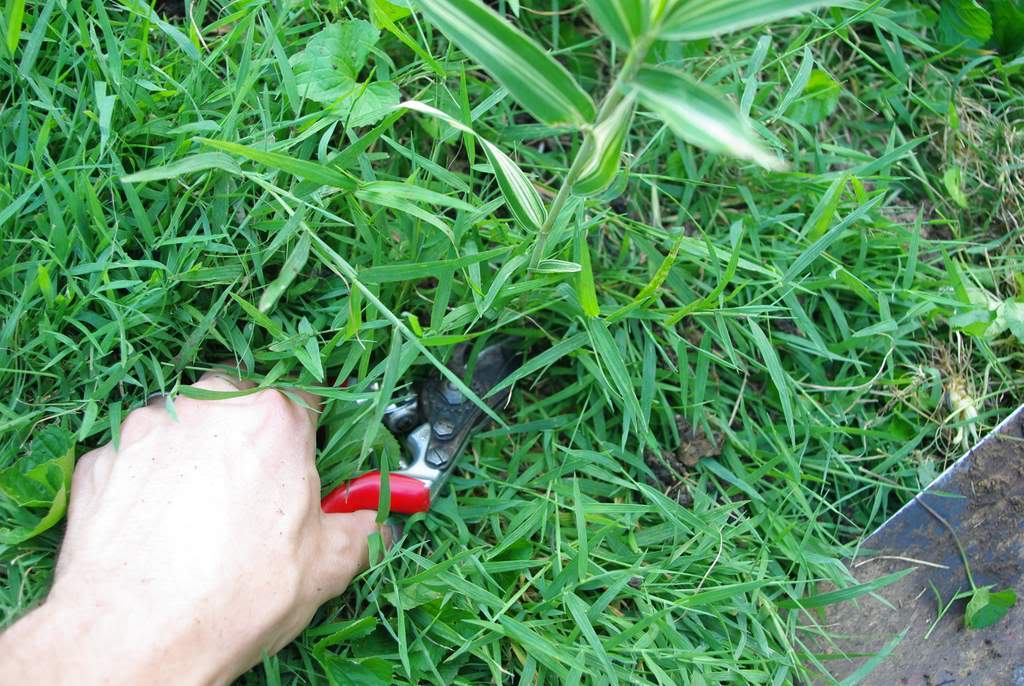

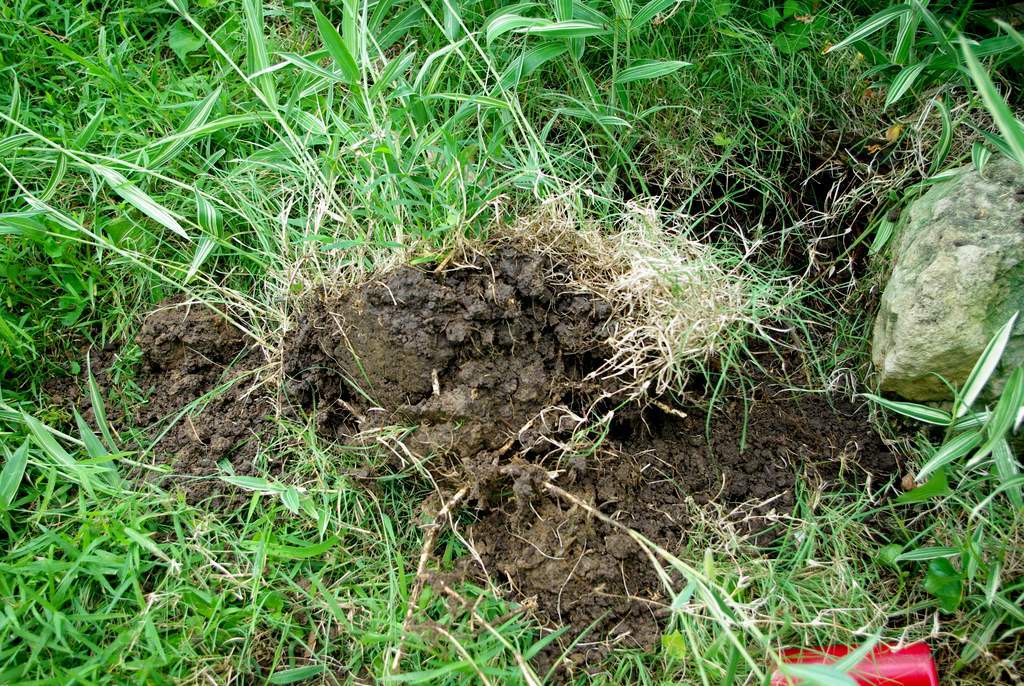
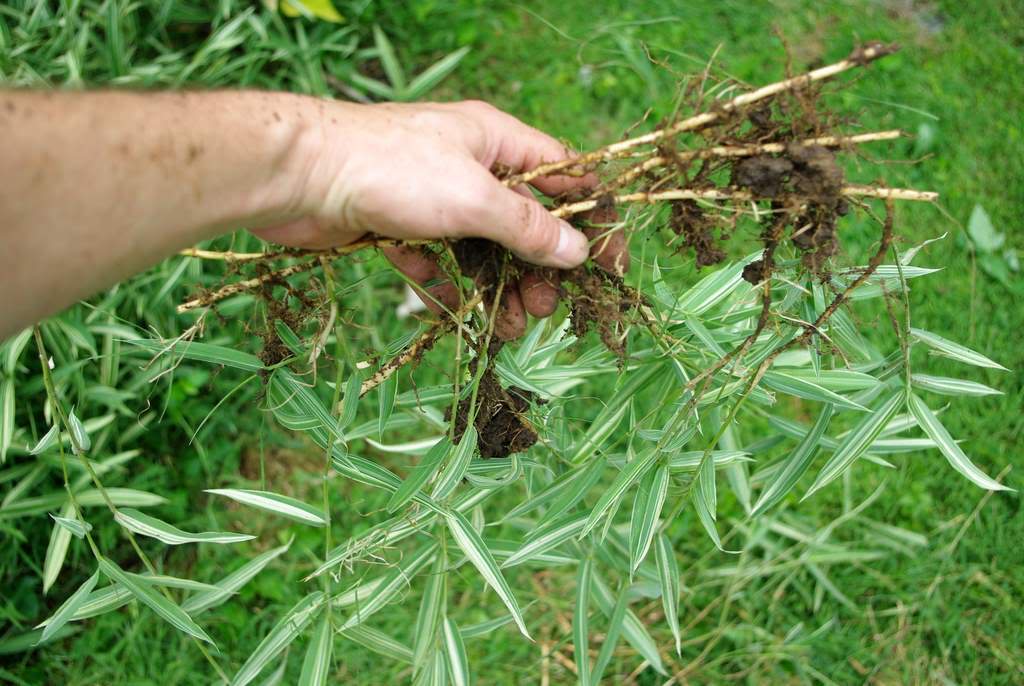
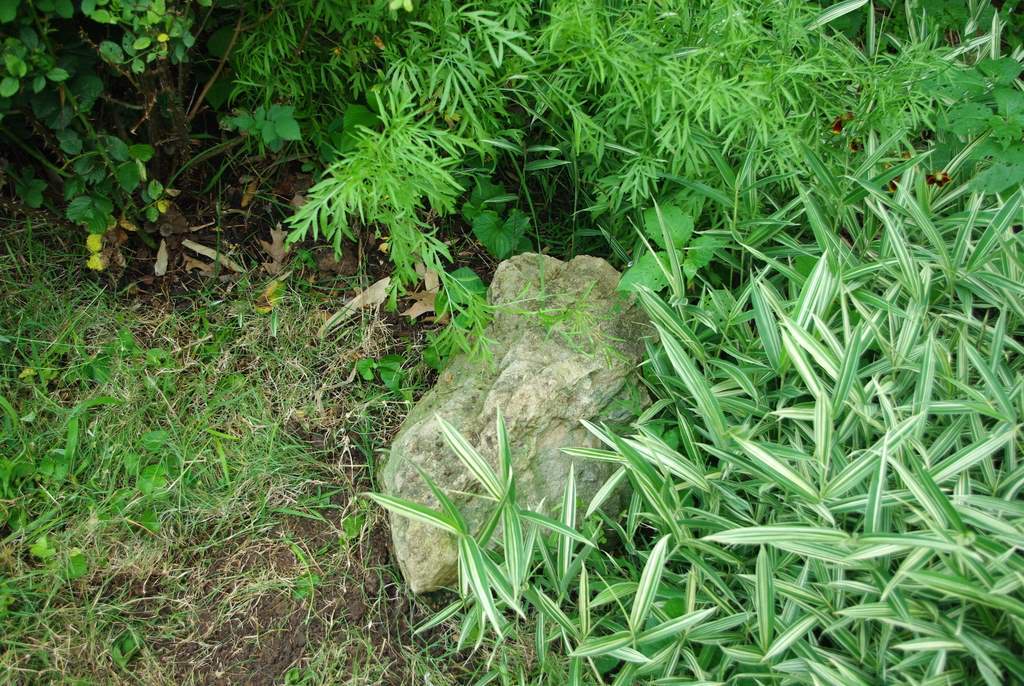
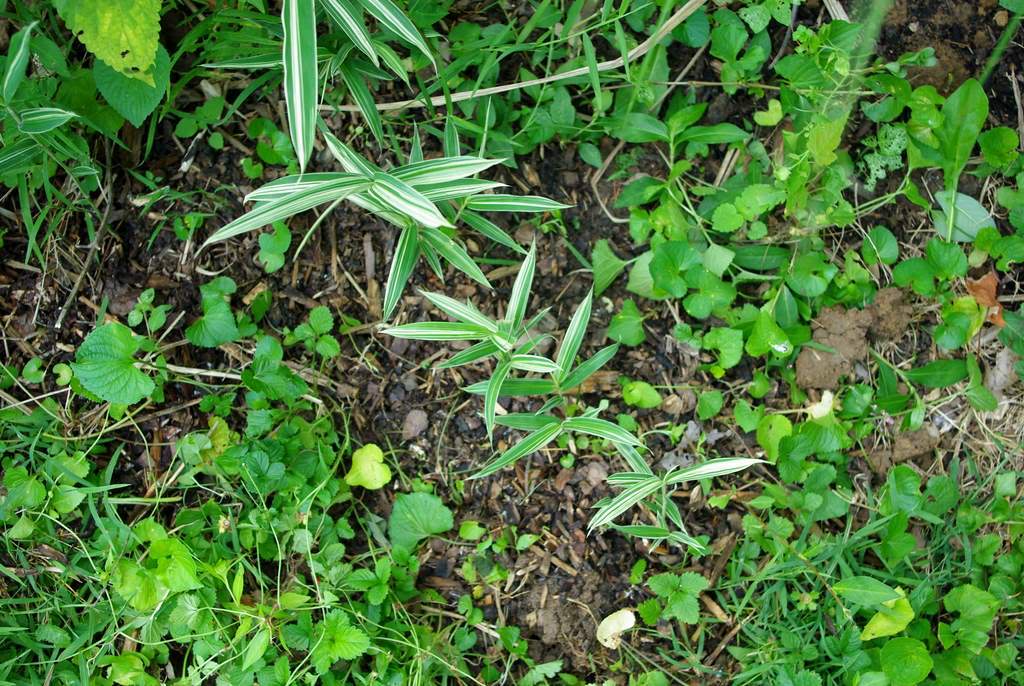
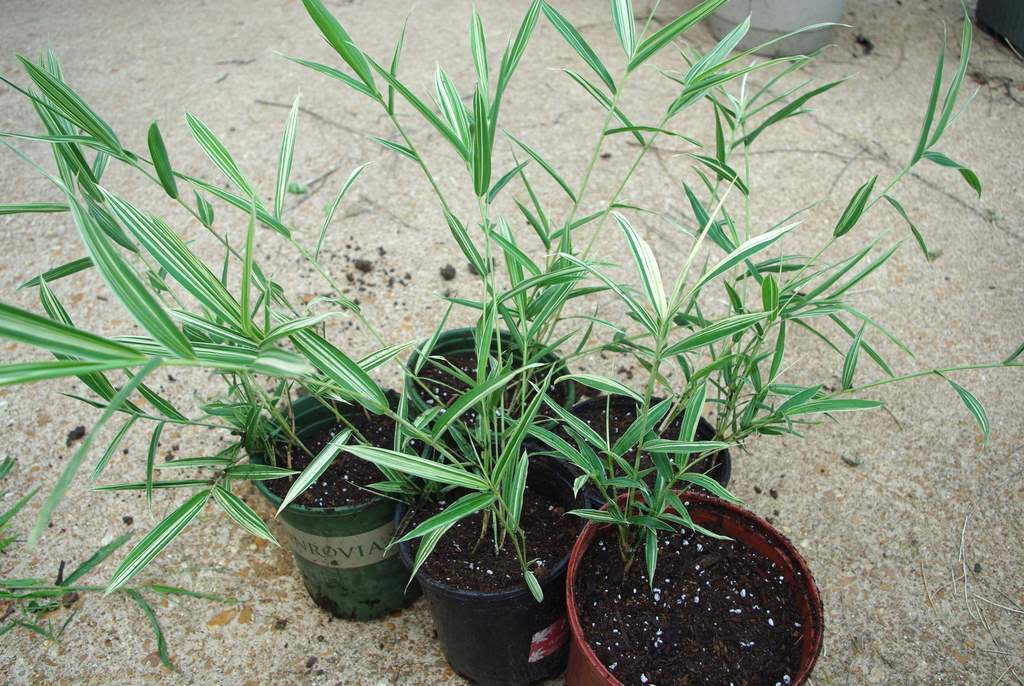
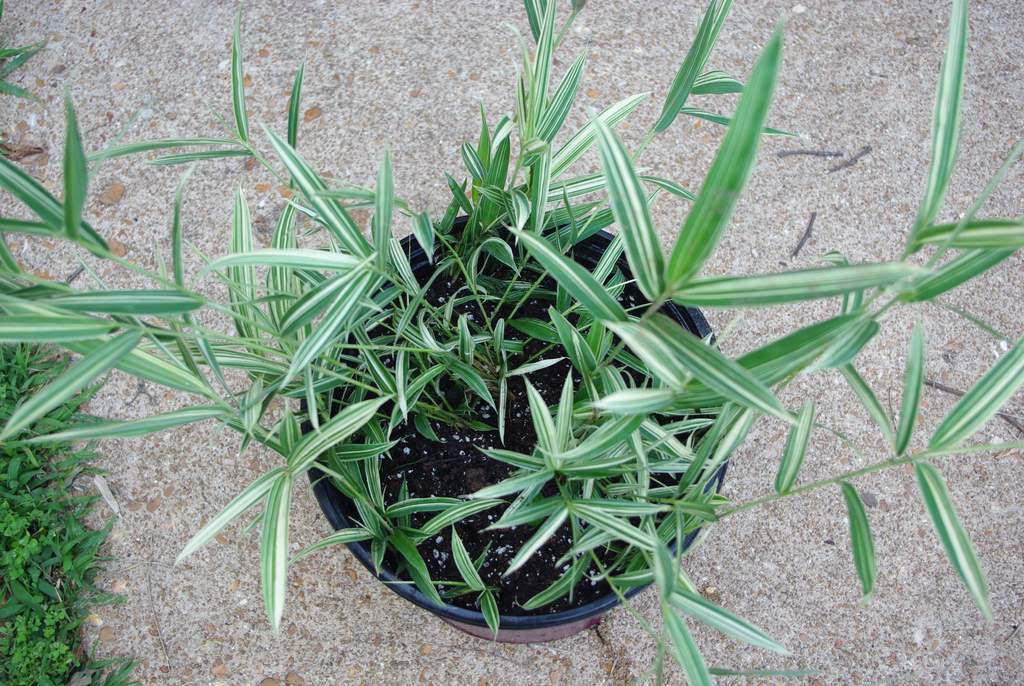





That is quite a job! Bamboo is such a lovely plant, and you seem to know how to keep it lovely and, yet, controlled.
I love to look at bamboo, but we've had a few friends that have acquired properties here where there is running bamboo planted, either in their yard, or an adjacent yard. One friend spent $15,000 in bamboo abatement to prevent the neighbor's bamboo from constantly encroaching into their yard (it didn't work, nothing worked). I know not all bamboos are so vigorous, but I'm not sure I'd have the courage to plant one...so I'll enjoy yours from afar! ;)
Alan, Pleioblastus fortunei is culm hardy near 10º F. If your winter climate ever moderates then Pl. Fortunei can get between 6 to 4 ft tall depending on how many leaves each cane puts out.
M